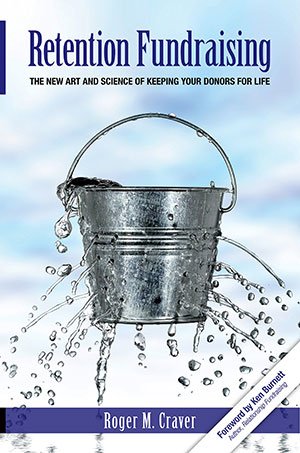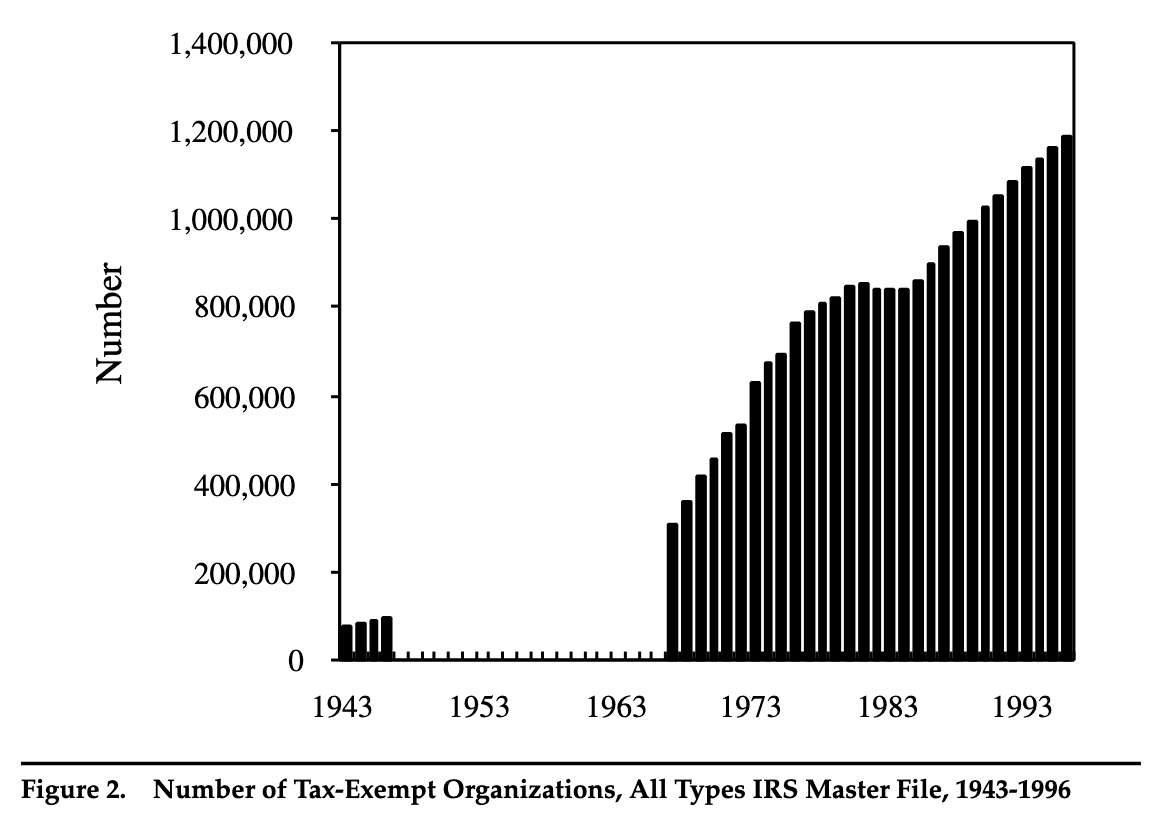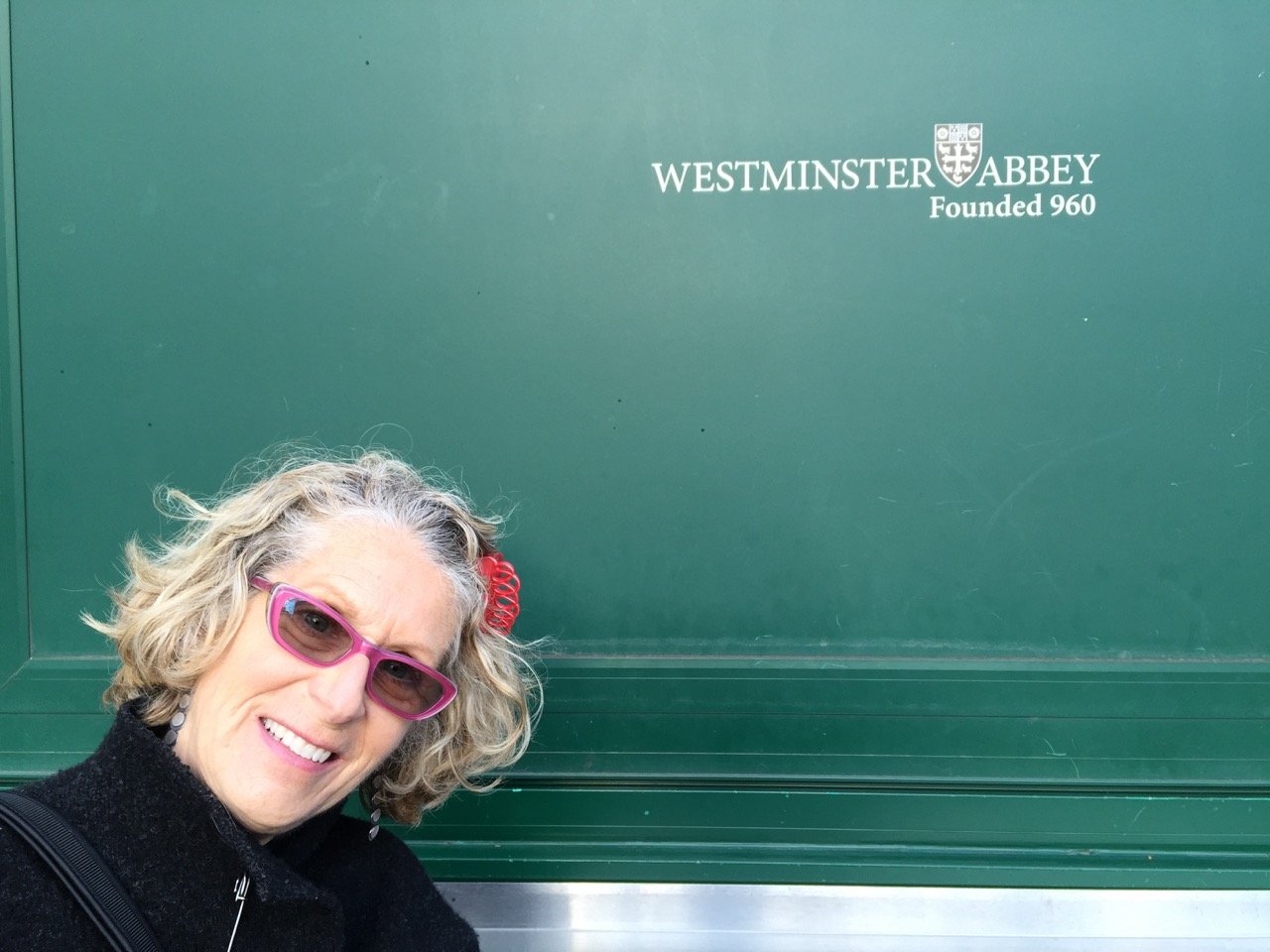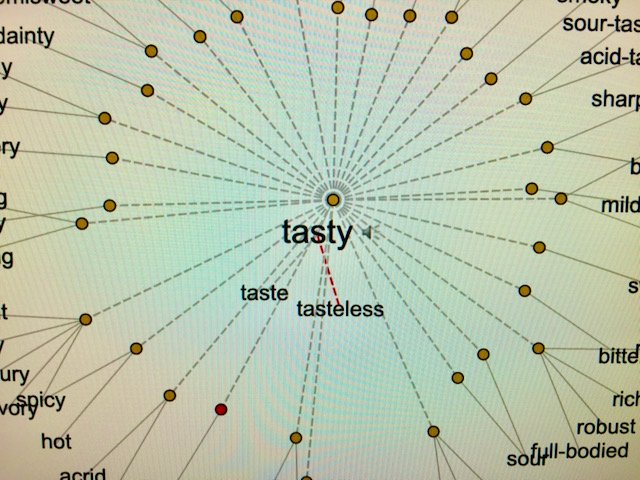Is mass fundraising extinct?
Notably re-quotable
“Concentrating on the basics of donor care is hard work. As such, it’s easy to avoid — and besides, it’s a lot more fun to divert our attention to the new and shiny — particularly one that comes as an app on a smartphone. We constantly need to remind ourselves that we’re here to serve the donor — the driving engine of good works.” Be patient with yourself. “[Donor] retention requires time to analyze and measure. Time to understand individual donors’ identities, personalities and preferences. Time to tailor messages and improve donor experiences. Time to test and evaluate improvements. A lot more time compared to the very short term tactics and measurements involved in acquisition.” — from Retention Fundraising by Roger Craver
File under:
“Those who cannot remember the past are condemned to repeat it.” — philosopher George Santayana (1863–1952). Goes double for those who didn’t bother to understand the past in the first place.
On this, the 30th anniversary of Ken Burnett’s industry-changing book, I’d like to share with you (my beloved subscribers), a personal “from the copywriting trenches,” casually fact-checked history of donor-centricity's roots
“The more you mail, the more you make.” True/false?
Where to start? How about this:
Thirty years ago, there wasn’t a fundraiser on earth who used the term “donor centricity.”
Not one. There were rumblings about something similar though. Ken Burnett’s 1992 book called it “relationship fundraising.”
One of Ken’s core principles? “See your donors as partners in a common aim. Enable them to feel a sense of co-ownership.” Maybe the most important word in that statement, for donor communications nerds like you and me?
“Feel.”
As I heard Dr. Adrian Sargeant gleefully shout in 2020, to a masterclass hunkered down in a lodge on the shores of Loch Ness, just oblivious weeks before the World Health Organization declared today’s miserable pandemic:
“Gotcha! I made you FEEL something.”
We’d just looked at something on screen. It was a typical nonprofit appeal, telling a sad story. We’d all gone, “Ooooooh. Aaaaah. Bad!” And now Adrian was pointing out that MAKING an audience FEEL SOMETHING was the main, most lucrative goal of ALL donor communications … based on almost two decades of research by him, Dr. Jen Shang and others connected to the Institute for Sustainable Philanthropy.
------
What Ken Burnett implored (ahead of his time)
In 1992 I was still a commercial marketer. I sold without shame [since, like you, I had bills] everything from hurricane-proof industrial roof membranes to government-enriching online lotteries to disability insurance (yes, that last item is remarked on in Dante’s 8th circle of Hell).
Still, at the suggestion of Simone Joyaux — my true, dear, ethical, beloved wife — I’d started boning up on fundraising, preparing to switch career horses.
THIS was my newbie takeaway from Ken’s mood-altering book:
Treat your donors as people with dignity and valid — in fact, tender — emotional needs. DON’T treat them as just an endless passing parade of purses you might potentially pick.*
Giving to charity was once a lovely, personal choice: a way to contribute to your world, your times, your community. It was a decent way to express empathy and (you hoped!) ease the obvious suffering of others.
It was human and sweet and modestly cheerful and uplifting at some level. Neighborly. Globally so, for some causes. For many donors, it mattered because your faith said it mattered.
Giving was also part of your everyday self-identity. Giving to a worthy cause or 5 or 10 was “what a good person does.” Ordinary people could participate in something that was bigger than themselves, something meaningful that was more a pleasure than a duty.
------
An industry cometh
By 1992, though, business-minded charities were clearly trending in a different direction, toward the relentless.
Fundraising had industrialized. It had machinery. Metrics. Analyses and analysts. At scale, with big names, it was now firmly a numbers game, best managed by specialists.
Did it matter if some donors were offended by the incessant ASKS battering their mailboxes … their doorbells (canvassing) … their walk to work (face-to-face) … their email in-boxes (as the Internet crawled into our beds)?
Not really … not to fundraising technicians … because there were always more people to be asked, more pockets to pick.
I wonder now, was this the same thinking that brought our planet to where it is today? A self-serving delusion of inexhaustibility that, for the sake of immediate gain, ignores consequences?
Yeah, probably. But not everyone was ignorant.
------
Ken again
In 1992, Ken Burnett was already a giant in direct-mail fundraising. He’d founded his firm in 1983 with copywriting legend George Smith.
But Ken was also a futurist … and a troubled futurist at that.
He and George listened to their “customers” (donors). Burnett Associates spoke regularly to those who gave, seeking feedback. And those average donors were beginning to grumble. They were trending unhappy.
For decades, Simone Joyaux — my unique and observant Sim One — railed against “mere” fundraising “technicians.”
Don’t get me wrong: she respected them for what they COULD efficiently do. Technicians were good up to a point.
It was just that they were short-term effective … and long-term indifferent … and that WASN’T what was best for a nonprofit’s sustainability and financial health, she believed.
------
Ken’s forecast came true (dammit)
Which brings us back to Ken Burnett’s 1992 forecast: If all these well-tuned, geared-up fundraising technicians continued relentlessly to push on … IGNORING what Ken called “relationship fundraising,” later relabeled “donor centricity” … then donor-dependent charities were doomed to shrinking returns, he predicted.
Charities would end up lemmings, pursuing a false horizon, streaming over a fatal cliff, under a banner that read: “ever-greater expense, ever-smaller returns.”
So he foretold.
And so it has happened.
As CBS News reported on July 27, 2021:
“For the first time in nearly two decades, only half of U.S. households donated to a charity, according to a study released Tuesday. The findings confirm a trend worrying experts: Donations [in total] to charitable causes are reaching record highs, but the giving is done by a smaller and smaller slice of the total American population. [emphasis added]
“The study, published every other year by Indiana University’s Lilly Family School of Philanthropy, comes from a survey that has been tracking the giving patterns of more than 9,000 households since 2000, when 66% of U.S. households donated to a charitable organization. That number dropped to 49.6% in 2018, the latest year with comprehensive figures from those households.”
I asked a mathematician to translate this data for me. She punched in the numbers. The dreaded result? The percentage of U.S. households giving to charity has dropped by one-quarter in less than 20 years … at the same time as the number of U.S. charities has exploded.
Merde.
Can this decline be reversed?
Locally, yes; absolutely. Speaking honestly, neighbor to neighbor, that WILL do the job … using the heart-on-sleeve, feeling-forward attitude baked into authentic donor-centered copywriting and fundraising behaviors.
Here’s an example from 2021. This direct-mail appeal raised $100,000 in just a few weeks from nature-loving locals.
Localism is the new black.
———-
*Paging Peter Piper: Overdid the alliteration, you think?
# # #
GREAT free download
HERE. Are you (like me) a veteran of the “poverty porn” wars ... those nasty battles that pitted program folks against fundraisers ... and turned some internal cultures unworkably toxic? Even if you aren’t, please, yeah, do GET this fab PDF, created as a public service by the generous, far-ranging, peace-making minds at M+R.
Bequest tip: “A child named Charity”
HERE. Everyone knows the data: “childlessness” triggers the majority of larger charitable bequests [2021 report here, from FreeWill]. Yet here’s a super-smart tactic for discussing charitable bequests with families who DO have children: an estate-planning discussion that includes provisions for “a child named Charity.” Hat tip for telling me about this approach goes to Larry Lutgendorff, M.A., CFRE; Director, Fundraising and Communications at Ray of Hope.
One of my go-to writing tools
HERE. Just got my annual bill for Visual Thesaurus.com … which reminded me how much I enjoy having this inexpensive ($19.95/year), weird, wonderful and truly helpful tool handy as I write. Or rewrite. Or struggle. Or try to think differently. To misquote some famous scribbler, “Writing is easy. You just open a vein and bleed.” Visual Thesaurus to the rescue. 14-day free trial.
Fundraising honesty: Free and new
HERE. A new voice on our scene: the Responsive Fundraising journal. They’re not “holier than thou.” They’re usefully reflective.
You’d call yourself a “book lover,” YES?
HERE. Me, too: I strongly identify as a “book lover.” I am built from books. For Simone and me, for 37 years, going to the nearest book store wherever we traveled around the planet was a #1 activity. Book stores are sanctuaries. Healers. Temples of the mind and spirit and hope. So when I stumbled across this charity, I had to give. The Book Industry Charitable Foundation [Binc] “helps bookstore owners, booksellers, and comic store employees and owners with unforeseen emergency financial needs.” And the pandemic has threatened so many mom-and-pop independent bookstores and their devoted staff with financial ills like homelessness … yet the Binc Foundation turned NO ONE IN NEED away in 2021, thanks to strong support from the book industry and other book lovers! :) :) :) :)









